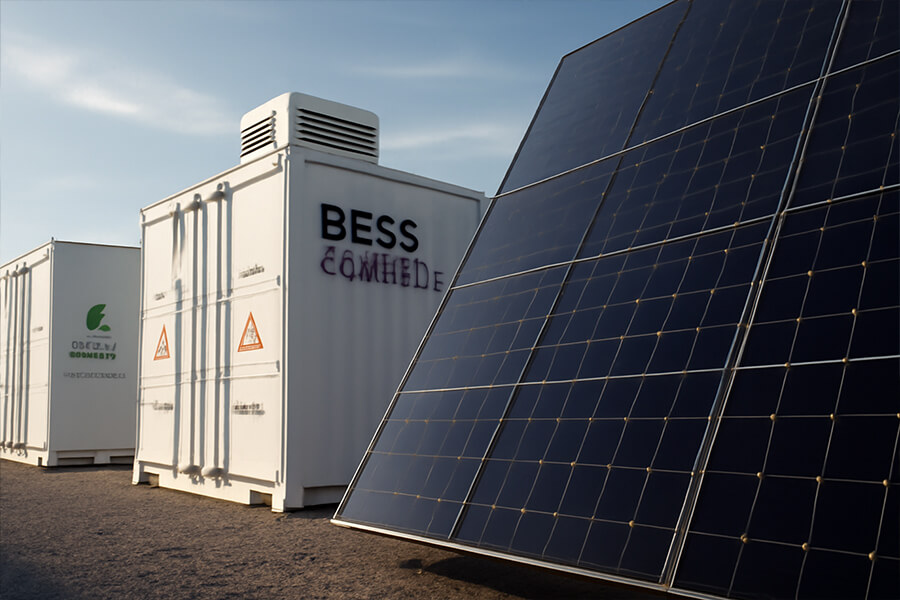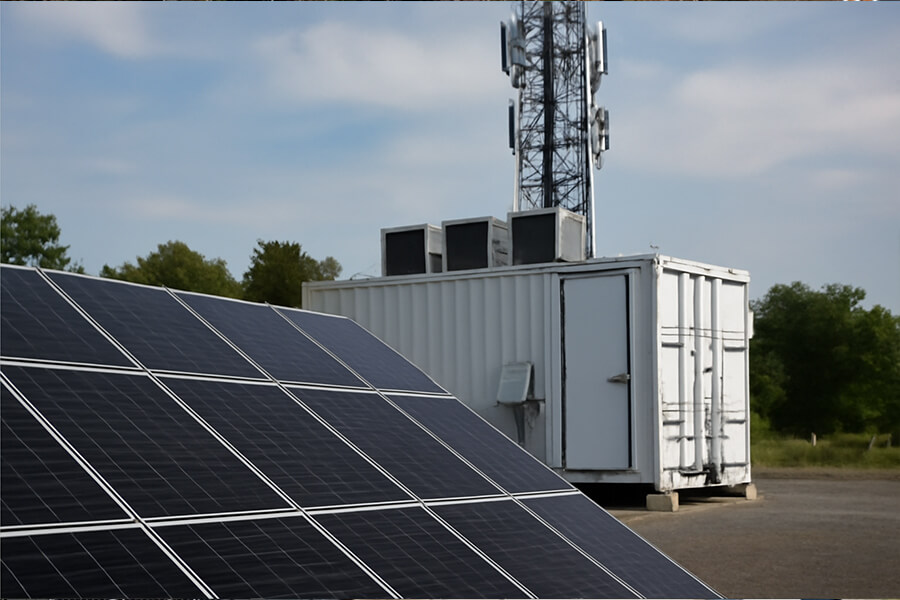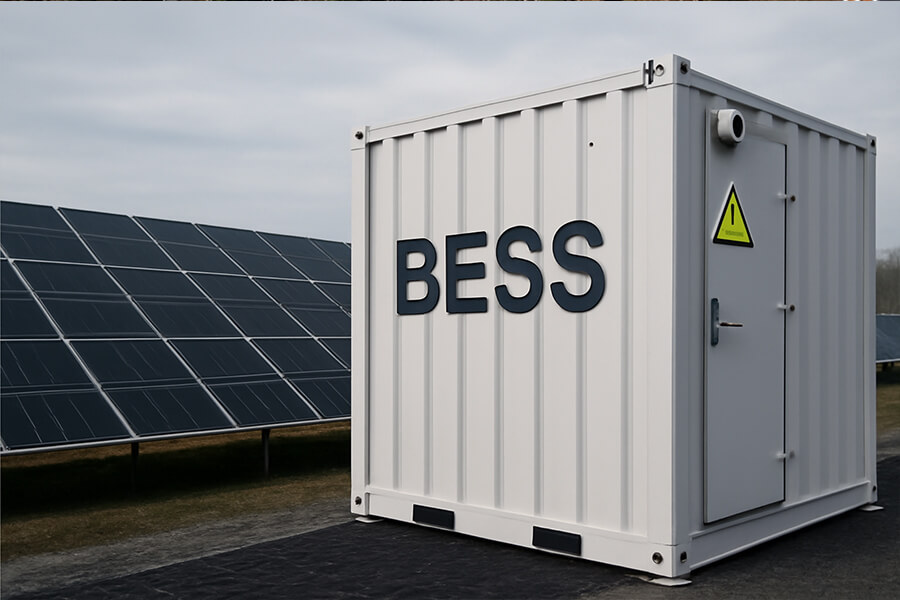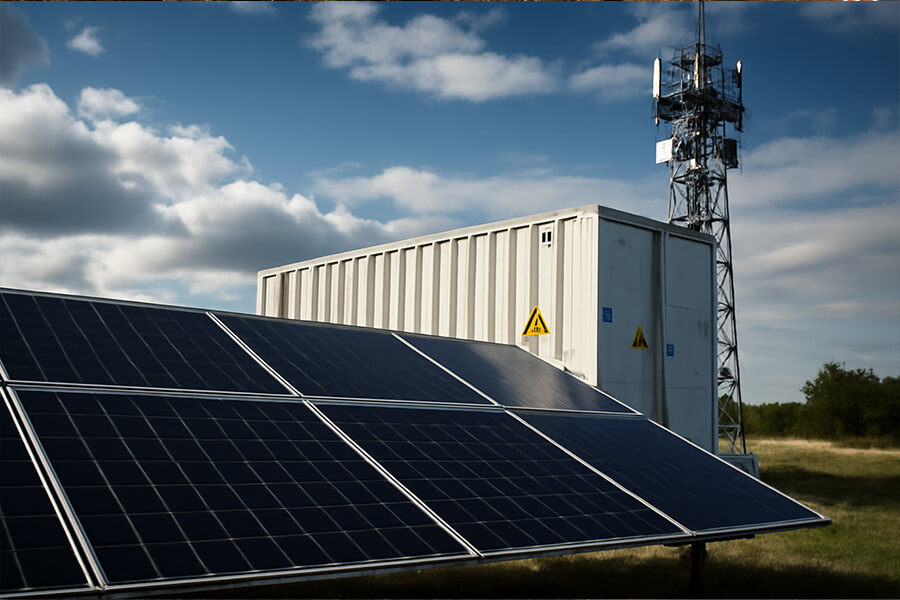A: The shaded photovoltaic cell will be consumed as a load, and the energy generated by other unshaded cells will generate heat at this time, which will easily form a hot spot effect. Thereby reducing the power generation of the photovoltaic system, and even burning the photovoltaic modules in severe cases.
A: The solar irradiance is low in rainy or hazy days, but photovoltaic modules still generate electricity under weak light. As long as the working state of the photovoltaic module meets the starting conditions of the inverter, the photovoltaic power generation system will work normally. When the on-grid or hybrid solar power system is not working, the load is automatically powered by the grid, and there is no problem of power shortage and power failure.
A: The factors that directly affect the power generation are the radiation intensity, the duration of sunshine and the operating temperature of photovoltaic modules. In winter, the radiation intensity will be weak and the duration of sunshine will be shortened, so the power generation will be reduced compared with summer.
A: solar energy system are equipped with lightning protection devices, so there is no need to disconnect them. For safety and security, it is recommended to disconnect the circuit breaker switch of the combiner box to cut off the circuit connection with the photovoltaic module, so as to avoid the damage caused by the direct lightning strike that cannot be removed by the lightning protection module. The operation and maintenance personnel should detect the performance of the lightning protection module in time to avoid the damage caused by the failure of the lightning protection module.
A: The frame of the DC side components is grounded, and a DC surge protector is added when the installation is high. In addition, an AC surge protector also needs to be installed on the AC side.
A: The rainwater can be cleaned and does not require special maintenance. If you encounter adhesive dirt, you can simply wipe it with a soft cloth and water. It is recommended to use a soft brush and clean and mild water when cleaning the glass surface of photovoltaic modules. The force used when cleaning should be small to avoid damage to the glass surface. For components with coated glass, care should be taken to avoid damage to the coating layer.
A: Wiping with water will not be dangerous. The photovoltaic power generation system and components have insulation and grounding protection. However, in order to avoid personal electric shock injury and possible damage to the components when wiping the components under high temperature and strong light, it is recommended to clean the components in the morning or late in the afternoon.
A: When heavy snow accumulates on the components after snow, manual cleaning is required. The snow can be pushed off with a soft object, being careful not to scratch the glass.
A: The components have a certain load-bearing capacity, but they cannot be cleaned by standing on the components, which will cause cracks and damage to the components, which will affect the power generation and service life of the components.
Related Solutions
Related Blogs
BESS Container Optimization: Cracking the Code on Size & Configuration (Because ROI Doesn’t Guess 🔍)
行政2025-07-14T17:05:55+08:00July 14th, 2025|Categories: Design, News|
BESS Container Integration: Why On-Site Builds Are Like Herding Electric Cats | Maxbo Solar
行政2025-07-14T17:05:32+08:00July 14th, 2025|Categories: Design, News|
Let’s Make Things Happen
Add notice about your Privacy Policy here.
Let’s Make Things Happen
”The Maxbo team of sales consultants will continue to enrich our own expertise and experience to empower the development of sustainable energy with rigor.“
Maxbo CEO
You will need to provide: 1. the amount of electricity used. 2. the type and power of the load. 3. the electricity consumption habits (daytime/nighttime consumption). 4. the need to store electricity. 5. the need to feed electricity to the mains. 6. drawings or address of the installation site. 7. other special requirements
We can provide you with a quotation, a specification for all products, a circuit connection diagram and a diagram of the installation and placement of the PV panels. Any other requirements and adjustments needed can be discussed with our team.
We can meet the needs of most scenarios, whether your application is for domestic, commercial and industrial use, in remote areas, or for grid-level energy storage, we have experienced colleagues to design and deliver the right solution.
Add notice about your Privacy Policy here.
How much solar power do I need?
Most homes need 5–12kW, depending on your energy use and location.
Off-grid vs. grid-tied — what’s the difference?
Off-grid works without the utility grid; grid-tied lets you sell extra power back.
Do I need permits?
Usually yes — check local rules or ask us for guidance.
How long does a battery last?
Depends on size and load. A 5kWh battery can power a fridge for about 40 hours.
Can I upgrade my system later?
Yes, our systems are modular and easy to expand.
Does Maxbo offer installation?
We ship globally and connect customers with trusted local installers.




